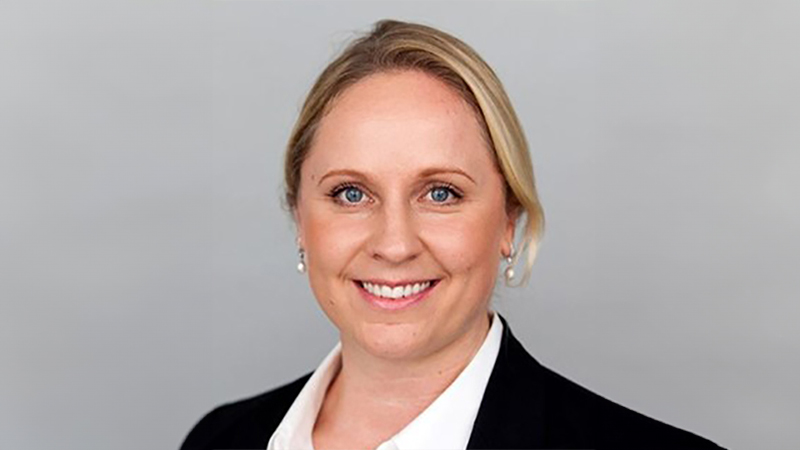While I would agree the majority of fund managers disappoint, I dispute the fact that just 1% add value. In fact, I am such an advocate of active management that Chelsea Financial Services recently joined up with Albemarle Street Partners to launch FundCalibre.com, a new fund ratings agency and research centre where we identify those funds we believe to be elite – a shortlist of actively managed funds we think will consistently beat their benchmarks over time.
However in that elite class, gilt funds are noticeable by their absence. The reason for this is that it is almost impossible for a fund manager to add value in this asset class. It is the exception that proves the rule.
Over the past 10 discrete calendar years, just two gilt funds out of 42 have managed to beat the index 50% of the time. Most managed to outperform just once or twice.
Valuation conundrum
In most asset classes there are many variables that affect the valuation of a company but this is not the case for gilts. You have only interest rates, inflation and economic growth to go on, and the forecasting of each is hard to get right. Also, gilt volatility is low, particularly at the shorter end of the yield curve, so there is little room to add value.
The same can be said for government bonds of countries with a high credit rating, for example, Germany and the US. It is only once you starting looking at places such as peripheral Europe and emerging markets, where credit risk becomes another variable, that you get the extra volatility and a chance to make a difference. I will risk upsetting a few people by saying I do not see the point of an actively managed gilt fund. Yes, gilts have an important part to play in an overall portfolio. They are negatively correlated to equities and have demonstrated they are the best risk-off tool in sterling fixed-interest markets, regardless of the yield.
However, I would argue most investors would be better off getting this exposure via a more diversified strategic bond or multiasset fund – let a professional manager dip in and out when they have high conviction and stand a chance of making some money.
Everything in moderation
Having said that, there is a place in a portfolio for gilts but with interest rates in the UK likely to rise in coming months, it is a rather a small one at the moment. I asked Mark Holman, CEO of TwentyFour Asset Management, and Rhys Petheram, co-manager of the Jupiter Distribution fund, what their views were.
Holman believes gilts will struggle to maintain their current lofty trading prices and that the gradual reversion to normal monetary policies and inevitable rate rises this will bring means gilt yield curves will have to rise from here. A lot of this action may happen at the shorter end of the curve but he says longer-dated yields are also set to drift higher, presenting investors with medium-term mark-to-market losses.
Petheram expects capital losses will be manageable as rate rises will be well signposted and gradual. He does not believe gilts are expensive per se but he is certainly not adding to them right now. He thinks there may be a correction at the short end of the curve, at around the two-year mark, as mortgages are priced off this rate. With no overwhelming buy signals and no incentive to allocate money to a gilt-only fund, I will take my chances elsewhere










